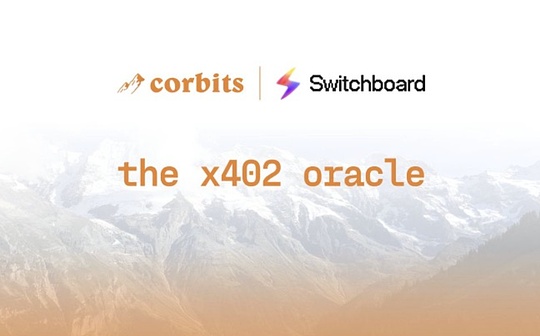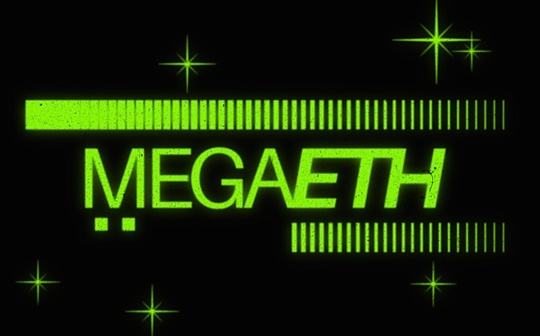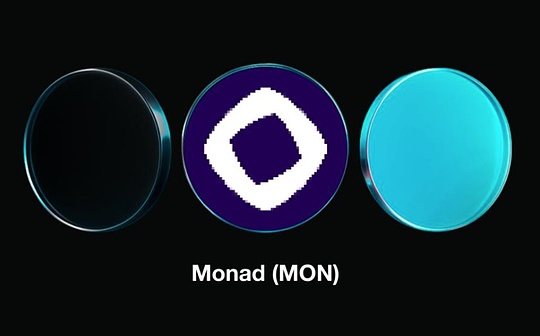
Author: Haotian; Source: X, @tmel0211
The large-scale infrastructure of the x402 track is still in a blank state. Although the “timing” taken away by the big market has temporarily silenced application layers such as Launchpad and intermediate layers such as Facilitator, it hasGives the underlying infrastructure layer more build time window;
Switchboard is an oracle project developed by the Solana ecosystem.Recently, it was proposed to provide a data service layer for the x402 protocol. How to do this specifically?
1) In terms of technical architecture, Switchboard uses the TEE trusted execution environment, which is different from traditional consensus models such as Chainlink and Pyth that rely on network verification. Data is directly transmitted to the chain based on the secure enclave;
2) In terms of protocol compatibility, Switchboard is compatible with the x402 protocol standard, allowing the AI Agent to directly initiate data requests through HTTP 402, use on-chain micropayments to complete authorization, and the data is returned immediately.The entire process does not require additional adaptation layers or intermediate contracts;
3) In terms of billing model, it breaks the traditional oracle subscription model and supports pay-per-call – the agent is paid based on the number of calls and data points, and you pay for how much you use. This is completely consistent with the pay-as-you-go design concept of the x402 protocol;
4)) A more radical point is that Switchboard completely removes the API Key mechanism.In the traditional model, to call data services, you must first register, apply for a key, and manage permissions. This process is a huge friction for the agent.Now, users who carry enough in their 402 transaction requests can instantly access any data source without registration or approval.
Here comes the problem,Does the x402 protocol require a dedicated oracle service layer?
Let’s first clarify a concept. In the x402 protocol architecture, Facilitator is responsible for payment promotion – payment on behalf of others, broadcast transactions, status verification, and solves the problem of “how money flows”.The API services that the Agent actually calls, whether it is to obtain prices, perform calculations, or call LLM reasoning, are provided by the Provider layer.
What Switchboard wants to do is a special Provider: Provider that specializes in providing trusted data services on the chain and constructs the core information layer for Agent value transmission.
Just imagine, what if the Provider is a centralized API and the data is tampered with or the service goes down?In the Web2 scenario, these risks are covered by channel brands and legal contracts, butThe on-chain execution environment, especially when it comes to complex DeFi operations, requires some verifiable and on-chain data.
If ERC-8004 solves the problem of buyer Agent identity trust and reputation, then this type of oracle-oriented Provider is to provide a layer of trustworthiness guarantee in terms of seller (API) data trustworthiness verification.
In essence, the x402 protocol builds the payment layer of the Agent service market, while Switchboard builds the data service layer.If the payment layer allows money to flow, the data service layer allows trusted data to flow.
By combining the two, Agentic Economy has a complete infrastructure.







